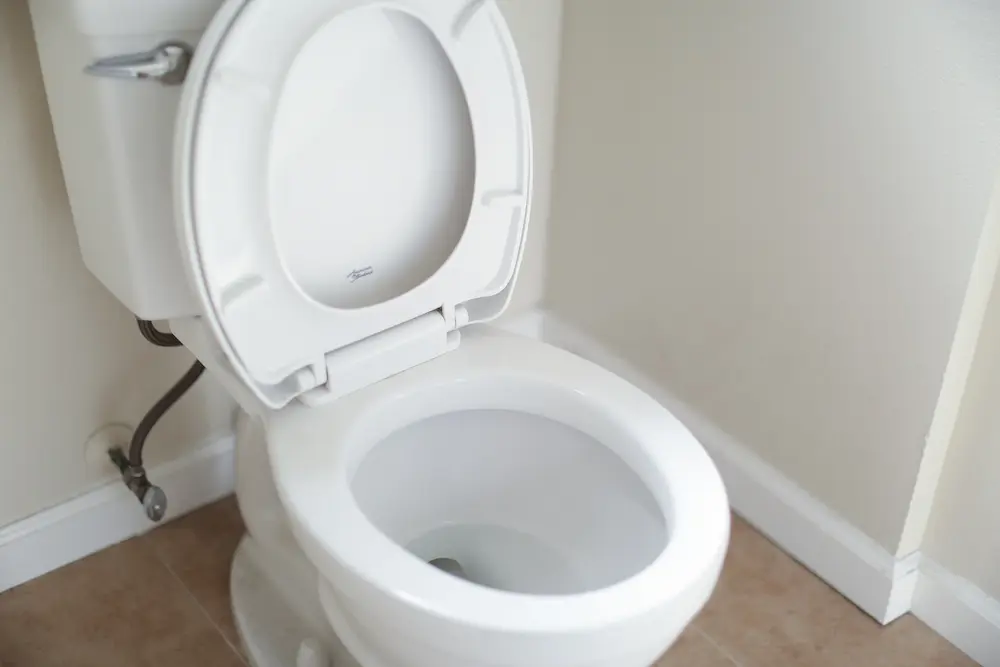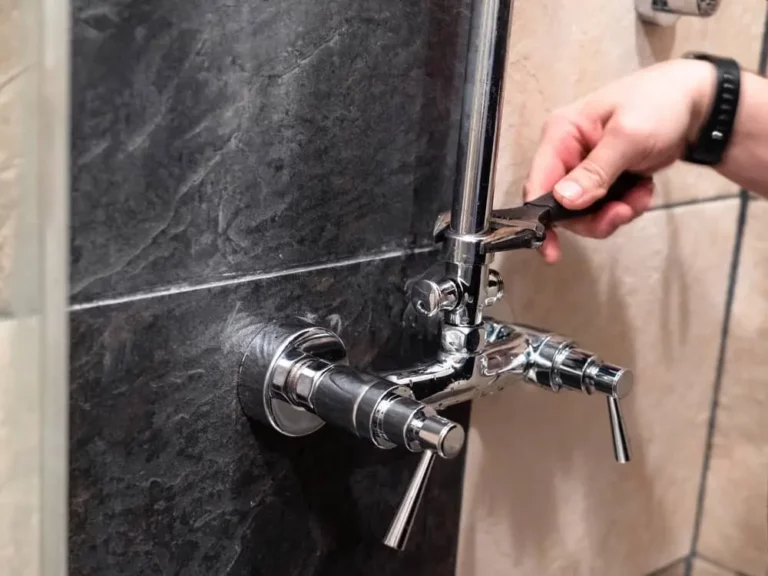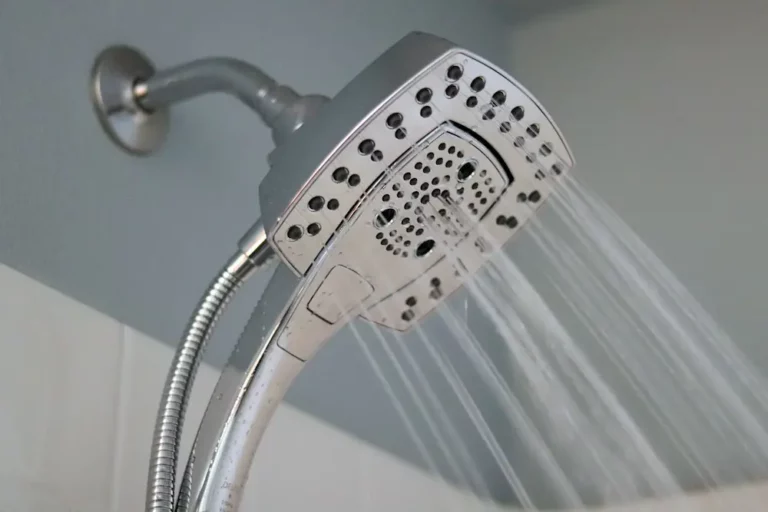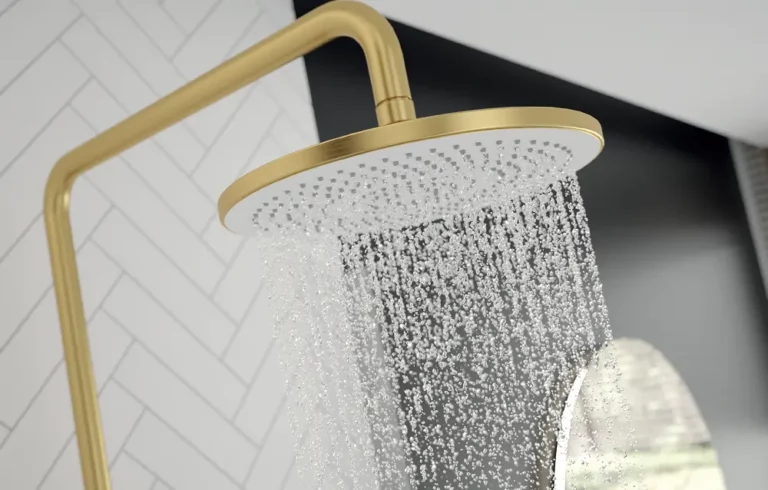Types of Toilet Flush Systems: A Comprehensive Guide
When it comes to toilets, we often don’t give much thought to the flush system. However, the type of flush system in your toilet can have a significant impact on your water usage, maintenance, and overall experience. With so many different types of flush systems available, it can be overwhelming to choose the right one for your needs.
One of the most common types of flush systems is the gravity flush system. This simple system relies on gravity to move water from the tank into the bowl, which then pushes waste down the drain. While it is a straightforward and reliable system, it can be less efficient than other options and may require more frequent cleaning.
Another popular option is the dual flush system, which allows users to choose between a low-volume flush for liquid waste and a high-volume flush for solid waste. This system can significantly reduce water usage, making it an eco-friendly choice. However, it may require more maintenance and can be more expensive to install.
Understanding Toilet Flush Systems
As someone who has installed and maintained numerous toilets, I can tell you that understanding the different types of toilet flush systems is crucial. The type of flush system you choose can affect the performance, water usage, and maintenance requirements of your toilet. In this section, I will explain the main types of toilet flush systems and their pros and cons.
Gravity Flush System
The gravity flush system is the most common and oldest type of toilet flush system. It uses the weight of the water in the tank to create the necessary flushing pressure. When you flush the toilet, the water in the tank flows into the bowl and creates a siphon that pulls the waste down the drain.
Pros:
- Low maintenance
- Low cost
- Reliable
Cons:
- Can be noisy
- May require more than one flush for solid waste
- Uses more water than other systems
Pressure-Assisted Flush System
The pressure-assisted flush system uses compressed air to force water into the bowl, creating a powerful flush. When you flush the toilet, the air pressure in the tank pushes the water out of the tank and into the bowl, creating a forceful flush that removes waste quickly and efficiently.
Pros:
- Efficient flush
- Uses less water than gravity flush systems
- Less likely to clog
Cons:
- More expensive than gravity flush systems
- Noisier than gravity flush systems
- Requires more maintenance
Dual Flush System
The dual flush system allows you to choose between a partial flush and a full flush, depending on the type of waste you need to dispose of. The partial flush uses less water and is suitable for liquid waste, while the full flush uses more water and is suitable for solid waste.
Pros:
- Water-saving
- Suitable for all types of waste
- Easy to use
Cons:
- More expensive than gravity flush systems
- May require more maintenance
- May take some time to get used to
Siphon Flush System
The siphon flush system uses a vacuum to pull water and waste out of the bowl and into the drain. When you flush the toilet, the water in the tank flows into the bowl and creates a vacuum that sucks the waste down the drain.
Pros:
- Efficient flush
- Uses less water than gravity flush systems
- Less likely to clog
Cons:
- More expensive than gravity flush systems
- Noisier than gravity flush systems
- Requires more maintenance
Overall, the type of toilet flush system you choose will depend on your personal preferences and needs. Consider factors such as water usage, maintenance requirements, and cost when choosing a toilet flush system for your home.
Gravity-Feed Flush System
The gravity-feed flush system is the most common type of toilet flush system. It is also known as a “flapper” system. It works by using gravity to move water from the tank to the bowl and then down the drain. The system is simple and reliable, making it a popular choice for many homeowners.
The gravity-feed flush system consists of a tank that holds the water used for flushing and a bowl that collects waste. When the user flushes the toilet, a lever on the tank is activated, lifting a rubber flapper that covers the opening at the bottom of the tank. Water then flows from the tank into the bowl, flushing the waste down the drain.
One benefit of the gravity-feed flush system is that it is relatively quiet compared to other types of flush systems. It also uses less water per flush, making it more environmentally friendly and cost-effective in the long run. However, it may not be as powerful as other types of flush systems, which may require multiple flushes to clear the bowl.
To ensure the gravity-feed flush system works properly, it is important to maintain the flapper and other components. Over time, the flapper may become worn or damaged, causing leaks and reducing the efficiency of the system. Regular cleaning and maintenance can help prevent these issues and ensure the system continues to function properly.
Overall, the gravity-feed flush system is a reliable and cost-effective option for most homeowners. It is simple to use and maintain, and it uses less water than other types of flush systems. However, it may not be as powerful as other options, which may require multiple flushes to clear the bowl.
Pressure-Assisted Flush System
A pressure-assisted flush system is a type of toilet flushing system that uses pressurized air to force water out of the bowl. This system is known for its powerful flush and ability to clear waste effectively. It is commonly used in commercial settings, but can also be found in residential bathrooms.
One of the main advantages of a pressure-assisted flush system is its ability to conserve water. This system typically uses less water per flush than traditional gravity-based systems, which can help reduce water bills and promote sustainability.
However, there are also some downsides to consider. For one, pressure-assisted flush systems can be louder than other types of flush systems due to the use of air pressure. Additionally, these systems can be more expensive to install and maintain than traditional systems.
Despite these drawbacks, a pressure-assisted flush system can be a good choice for those who want a powerful, water-efficient flush. If you are considering this type of system for your bathroom, be sure to consult with a professional plumber to determine if it is the right choice for your needs.
Double Cyclone Flush System
The Double Cyclone flush system is a highly efficient toilet flushing mechanism that uses two nozzles to create a powerful centrifugal force that removes waste from the bowl. This system is also known as the Tornado flush system or Dual-Max flushing system.
I personally find the Double Cyclone flush system to be one of the best toilet flushing mechanisms available in the market. It is highly efficient and uses less water than other flushing systems. The Dual-Max flushing system uses only 1.28 gallons of water per flush, which makes it an eco-friendly option for those who want to conserve water.
The Double Cyclone flush system is also very quiet and operates smoothly. It uses a combination of gravity and centrifugal force to create a powerful flush that removes waste from the bowl without making any noise. This is a great feature for those who want to maintain a peaceful environment in their bathroom.
One of the best things about the Double Cyclone flush system is that it is very easy to clean. The two nozzles are located at the top of the bowl, which makes them very accessible. This means that you can easily clean the nozzles and the bowl without having to use any special tools or chemicals.
Overall, I highly recommend the Double Cyclone flush system for anyone who wants an efficient, eco-friendly, and easy-to-clean toilet flushing mechanism. It is a great investment that will save you money on your water bill and reduce your carbon footprint.
Dual-Flush System
I have found that dual-flush systems are becoming increasingly popular due to their water-saving capabilities. These systems allow users to choose between a half flush and a full flush, depending on the type of waste being disposed of.
Half Flush
The half flush option is typically used for liquid waste and uses less water than a full flush. This can save a significant amount of water over time and is an eco-friendly option for those looking to reduce their water consumption.
Full Flush
When disposing of solid waste, the full flush option should be used. This option uses more water than the half flush, but it ensures that all waste is properly disposed of and prevents any clogging or blockages in the toilet.
Overall, I have found that dual-flush systems are a great option for those looking to save water and reduce their environmental impact. They are easy to use and can significantly reduce water consumption over time.
Siphonic vs Non-Siphonic Systems
When it comes to toilet flush systems, there are two main types: siphonic and non-siphonic. Both systems have their advantages and disadvantages, and it’s important to understand the differences between the two before making a purchase.
Siphonic Systems
Siphonic systems are the most common type of toilet flush system. They use a siphoning action to remove waste from the bowl. When the toilet is flushed, water is forced through a small opening in the bottom of the bowl, creating a vacuum that pulls waste and water down into the drain pipe.
One of the main advantages of siphonic systems is their efficiency. They use less water than non-siphonic systems, which can save you money on your water bill. Additionally, siphonic systems are typically quieter than non-siphonic systems, making them a good choice for homes with multiple bathrooms or light sleepers.
However, siphonic systems can be more prone to clogs than non-siphonic systems. This is because the narrow trapway can become blocked by large waste or toilet paper. If you have a large family or frequently entertain guests, you may want to consider a non-siphonic system instead.
Non-Siphonic Systems
Non-siphonic systems, also known as washdown systems, use gravity to remove waste from the bowl. When the toilet is flushed, water flows from the tank into the bowl, pushing waste and water down into the drain pipe.
One of the main advantages of non-siphonic systems is their simplicity. They have fewer moving parts than siphonic systems, which means they are less likely to break down or require repairs. Additionally, non-siphonic systems are less prone to clogs than siphonic systems, making them a good choice for high-traffic bathrooms.
However, non-siphonic systems can be louder than siphonic systems, which may be a concern for some homeowners. Additionally, they use more water than siphonic systems, which can lead to higher water bills over time.
Overall, the choice between siphonic and non-siphonic systems comes down to personal preference and the specific needs of your household. Consider factors such as water usage, noise level, and potential for clogs when making your decision.
Waterless Toilets
Waterless toilets, as the name suggests, do not require water to operate. Instead, they use different mechanisms to dispose of human waste without the need for flushing. There are two main types of waterless toilets: composting toilets and incinerating toilets.
Composting toilets are the most common type of waterless toilet. They use natural processes to decompose human waste into nutrient-rich compost that can be used as fertilizer. Composting toilets are available in different designs, including self-contained and central systems. Self-contained composting toilets are portable and can be used in areas where there is no access to plumbing. Central composting toilets, on the other hand, are connected to a central composting unit, which is located outside the house.
Incinerating toilets, on the other hand, use heat to burn human waste into sterile ashes. They are more expensive than composting toilets and require a source of electricity or propane to operate. Incinerating toilets are more suitable for areas where composting is not feasible or where there are strict regulations regarding the disposal of human waste.
Both composting and incinerating toilets have their advantages and disadvantages. Composting toilets are eco-friendly and cost-effective in the long run, but they require regular maintenance and can produce unpleasant odors if not properly managed. Incinerating toilets, on the other hand, are more hygienic and require less maintenance, but they are more expensive and may not be suitable for all locations.
Overall, waterless toilets are a viable option for those who want to conserve water or live in areas where water is scarce. They are also a good option for those who want to reduce their environmental impact or live off the grid. However, it is important to consider the pros and cons of each type of waterless toilet before making a decision.
Considerations When Choosing a Flush System
When choosing a flush system for your toilet, there are several factors to consider. Here are some important things to keep in mind:
Water Efficiency
Water efficiency is an important consideration when choosing a flush system. Modern toilets come with water-saving features that can help you conserve water and save money on your water bill. Look for flush systems that use less water per flush, such as dual flush systems or pressure-assisted systems.
Noise Level
Another important consideration when choosing a flush system is noise level. No one wants to wake up the whole house every time they flush the toilet. Gravity flush systems are typically the quietest, while pressure-assisted systems can be quite loud. If noise is a concern, look for flush systems that have noise-reducing features, such as insulated tanks or special valves.
Maintenance and Repair
Finally, it’s important to consider maintenance and repair when choosing a flush system. Some flush systems are more prone to clogs and other problems than others. Make sure to choose a system that is easy to maintain and repair, with readily available parts and simple mechanisms. Consider the cost of replacement parts and the availability of repair services in your area.
By considering these factors when choosing a flush system, you can ensure that you get a toilet that meets your needs and works reliably for years to come.





